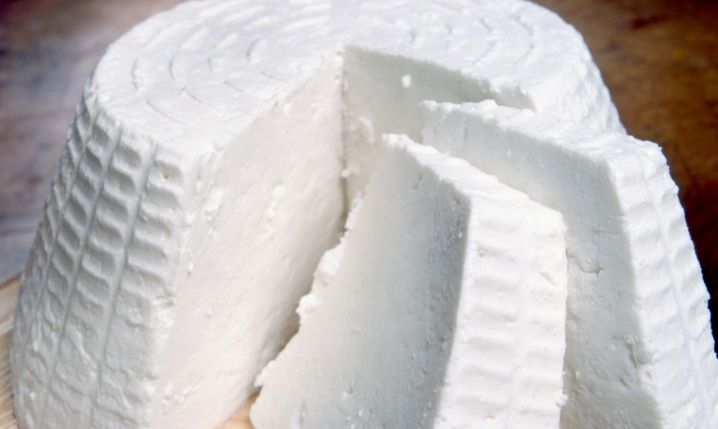Ricotta and Cottage cheese are similar in taste and appearance. However, some differences set these fresh cheeses apart.
Fresh unmatured cheese is a staple dish in many parts of the world. Both ricotta and cottage cheese are delicious and used interchangeably in recipes. But when you examine ricotta vs. cottage cheese, you realize there are several notable differences.
What is Ricotta Cheese?
Ricotta is a light, soft cheese with a creamy, rich flavor. You can pair this classic Italian well with lasagna and some desserts. This cheese is now widely produced and consumed in the US and globally.
Most ricotta is produced using cow’s milk. But it can also be made with the milk of a water buffalo, goat, or sheep.
This fresh Italian cheese is produced by reheating the excess whey from hard cheese manufacturing, like romano and mozzarella. It thickens to form a soft cheese called Ricotta cheese by heating the whey to a boil.
The ricotta cheese, in texture, resembles a thick, grainy sour cream. This fresh cheese is naturally low in fat when compared to other cheeses.
What is Cottage Cheese?
Cottage cheese is cream and curds formed when the acid curdles the milk. This fresh, unripened cheese has a milky and slightly acidic flavor.
You can make cottage cheese from whole, partly skimmed, or skimmed milk. Cottage cheese is either served with fruit as breakfast or can be eaten by itself.
The milk is fermented to make this light cheese. Once you add the active cultures, the milk sugars are converted into lactic acid. It’s this lactic acid that separates the curd from the whey. At this point, the curd is basically a solid block of cheese.
Cottage cheese is lower in calories when compared to other cheese varieties.
Ricotta vs. Cottage Cheese: What’s the Difference?
When you hold ricotta and cottage cheese side by side, it becomes challenging to set the two apart. While both are fresh, soft, and moist cheeses, their production process is entirely different.
Since ricotta cheese is made from very fine curds, it has a smooth yet slightly grainy texture. However, cottage cheese is chunkier than ricotta and contains more liquid.
Cottage cheese has more salt when compared to ricotta. In contrast, ricotta is slightly on the sweeter side.
Regarding the nutritional level, ricotta cheese has higher cholesterol and fat content. It also has more calories than cottage cheese. Cottage cheese is high in proteins and is a part of a healthy diet. On the other hand, ricotta is suitable for a low-carb diet.
Conclusion
There are a few recipes where you choose between ricotta vs. cottage cheese in instances where they can be used interchangeably.
Both ricotta and cottage cheese offer particular tastes, textures, and nutritional value. Cottage cheese has a slightly acidic taste, and ricotta is a bit sweeter. Cottage cheese also presents the ideal low-fat alternative to ricotta for your pasta or lasagna.
